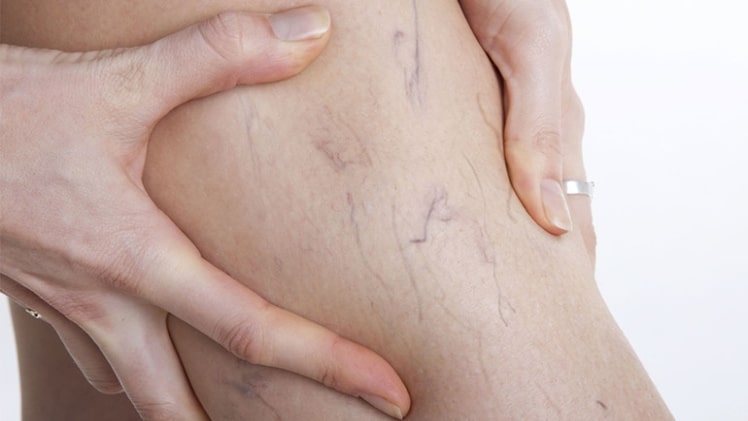Spider Veins are a common vascular issue. Spider veins, also known as telangiectasias or varicose veins, can be found on the legs and feet of many people from all walks of life. There is no need to suffer in silence when spider veins are easily treatable. Book an appointment with Venice vein center. Here, we will explore how spider vein treatments work.
What Are Spider Veins?
Spider veins are a common vascular issue. They are small, red, purple, or blue veins that can be found on the legs and feet of many people from all walks of life. Spider veins, also known as telangiectasias or varicose veins, are caused when tiny valves in the veins stop working correctly. This causes blood to pool in the veins and makes them swell and become visible on the skin’s surface.
What Causes Spider Veins?
Spider veins are caused when tiny valves in the veins stop working correctly. This causes blood to pool in the veins and makes them swell and become visible on the skin’s surface. Some common causes of spider veins include:
- Pregnancy. Elevated hormone levels in your body cause spider veins during pregnancy, dilating blood vessels.
- Being overweight or obese. Obesity is associated with increased venous pressure and can worsen spider veins.
- Sitting or standing for long periods. Prolonged sitting or standing can increase the pressure in your veins and lead to the development of spider veins.
- Wearing tight clothing. Tight clothing can constrict blood vessels and lead to the development of spider veins.
Treatment for Varicose Veins
If you are unhappy with the appearance of your spider veins and would like to have them treated, there are several treatment options available. Treatment for spider veins usually begins with conservative treatments such as compression stockings or vein injections. If conventional treatments do not work, your doctor may recommend surgery.
Significance of Sclerotherapy for Spider Veins
Sclerotherapy is a minimally invasive treatment used to treat spider veins. During sclerotherapy, your doctor injects a solution directly into the spider vein. This causes inflammation and ultimately damages and collapses the vessel, causing it to fade from view.
Since sclerotherapy targets only the vessels you can see on the skin’s surface, it is a relatively safe and effective treatment. It is a popular choice for treating spider veins because its minimally invasive procedure does not require general anesthesia.
What to Expect Before and During Sclerotherapy
Before your sclerotherapy session, you will meet with a doctor specializing in vascular medicine or phlebology. They will talk to you about the procedure and answer any questions about what to expect during treatment. Before the procedure, your doctor may recommend that you schedule an appointment for an anesthesia injection into the area to be treated or take a pain reliever such as ibuprofen.
The sclerotherapy procedure is relatively short and takes about 15 minutes to complete. You will lie down on your back, and the doctor will use a small needle to inject the solution into the spider veins.
Spider veins are a common vascular issue and can arise from different reasons such as prolonged standing and being overweight. What’s important is looking for a spider veins specialist who may start with conservative treatments. They can turn to sclerotherapy procedures if the results are not promising from the initial efforts.

